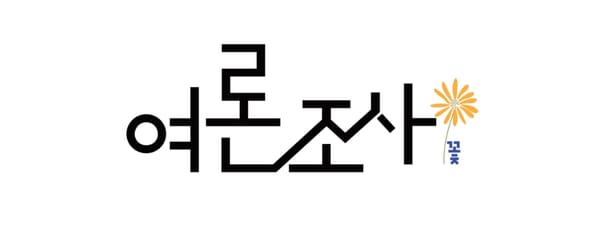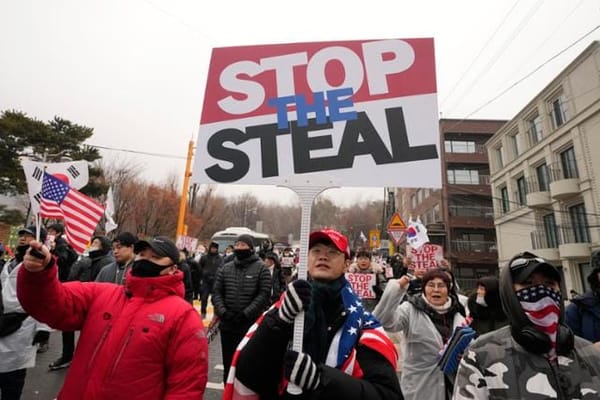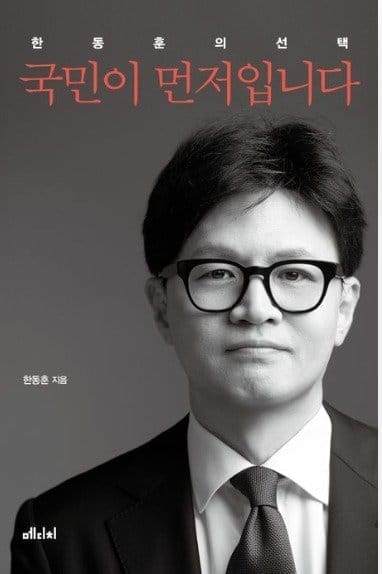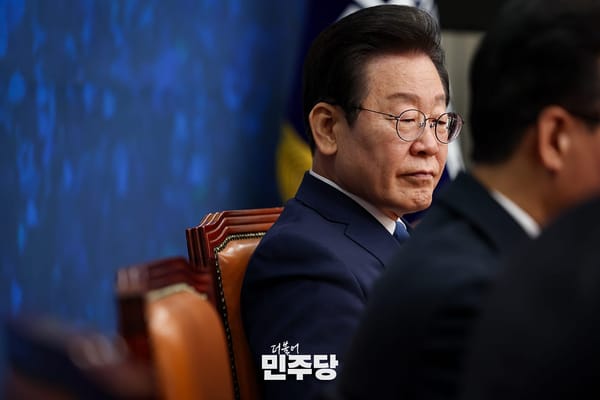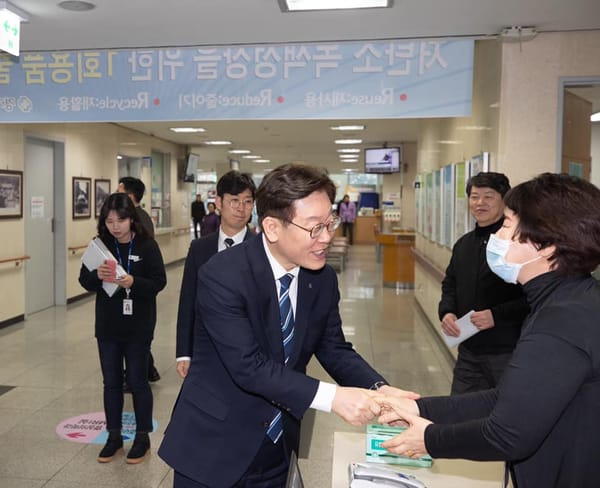Photo: the National Assembly Hall in Seoul. Credit: the Blue Roof.
Currently, the major parties of South Korean politics are: (1) the Democratic Party of Korea 더불어민주당, the liberal ruling party, and (2) the People Power Party 국민의힘, the conservative opposition. In the 21st National Assembly 국회, i.e. the unicameral South Korean legislature which began on May 30, 2020 and will conclude on May 29, 2024, the Democrats hold 176 seats out of 300 seats, while the PPP hold 103 seats. There are five minor parties with between one and six seats, as well as seven independent Assembly Members 국회의원. In addition, there are several very minor political parties that are formally recognized as such but have no representation in the legislature.
In South Korean politics, the political parties change their names frequently in an attempt to re-brand themselves, usually after an electoral loss or following a merger or split. (On average, a South Korean political party changes its name every 2.6 years.) Because of the relative frequency of name changes - the PPP adopted its new name in September 2020 just seven months after adopting its previous name - it is easier to understand South Korean politics by referring to “liberals” or “conservatives,” or similar names of political streams rather than by party names.
There are several smaller streams nested within the larger label of “liberals” and “conservatives.” Currently, these streams are mostly collected together as either the Democrats or the PPP, but that has not always been the case. Smaller factions within a major party sometimes splinter off to form their own minor party, then later merge back into the major party.
For example, following the impeachment of the conservative president Park Geun-hye 박근혜 in 2017, the conservative party (then called the Saenuri Party 새누리당) split into two when the faction that opposed Park and voted in favor of her impeachment left the party, forming the Bareun Party 바른정당. Bareun went through several additional name changes until it ceased to exist as a practical matter after the bulk of Bareun lawmakers repatriated to the major conservative party, while the remainder failed to re-elect any legislator in the 2020 Assembly Elections 총선.
Major streams within the liberals include:
- Urban, white-collar workers in their 30s and 40s, disproportionately women;
- The southwestern provinces (Jeollabuk-do 전라북도 and Jeollanam-do 전라남도);
- Former student activists during the democratization struggles;
- Labor unions of major manufacturers.
Major streams within the conservatives include:
- Older rural demographic;
- The southeastern provinces (Gyeongsangbuk-do 경상북도 and Gyeongsangnam-do 경상남도);
- Former cronies of the military dictatorship;
- Evangelical Christians;
- Wealthy corporate managers and landlords.
These streams are not exclusive categories; their boundaries are blurry and they often overlap. But when a major party fractures, it typically does so because one or more of these streams has left the party. In 2016, for example, the legislators from the southwestern provinces left the main liberal party (then called the New Politics Alliance for Democracy 새정치민주연합) to establish the People’s Party 국민의당. The southwestern legislators left because they were displeased with then-NPAD leader Moon Jae-in 문재인, a Busan native whom they suspected of favoring the southeastern Gyeongsang-do Provinces around his hometown over the southwest. (In the 2020 Assembly elections, however, the People’s Party failed to hold onto the southwestern faction, who mostly repatriated to the Democratic Party.)
In the conservative example above, the Bareun Party was mostly made up of the legislators representing the wealthy corporate managers (who might be called “economic conservatives”) who were too embarrassed to continue supporting Park Geun-hye leading up to her impeachment. The daughter of military dictator Park Chung-hee 박정희, Park Geun-hye’s core supporter group was the older, rural demographic in the southeastern provinces from which the Park family hails. On top of this distasteful association with the former military dictatorship, the economic conservatives had also been simmering with resentment toward the Park faction since it wrested control of the party from Lee Myung-bak 이명박, the former Hyundai 현대 CEO who was the champion of the economic conservative faction. The resentment boiled over during Park’s impeachment process, leading to a split of the conservative party from which it suffers to this day.



